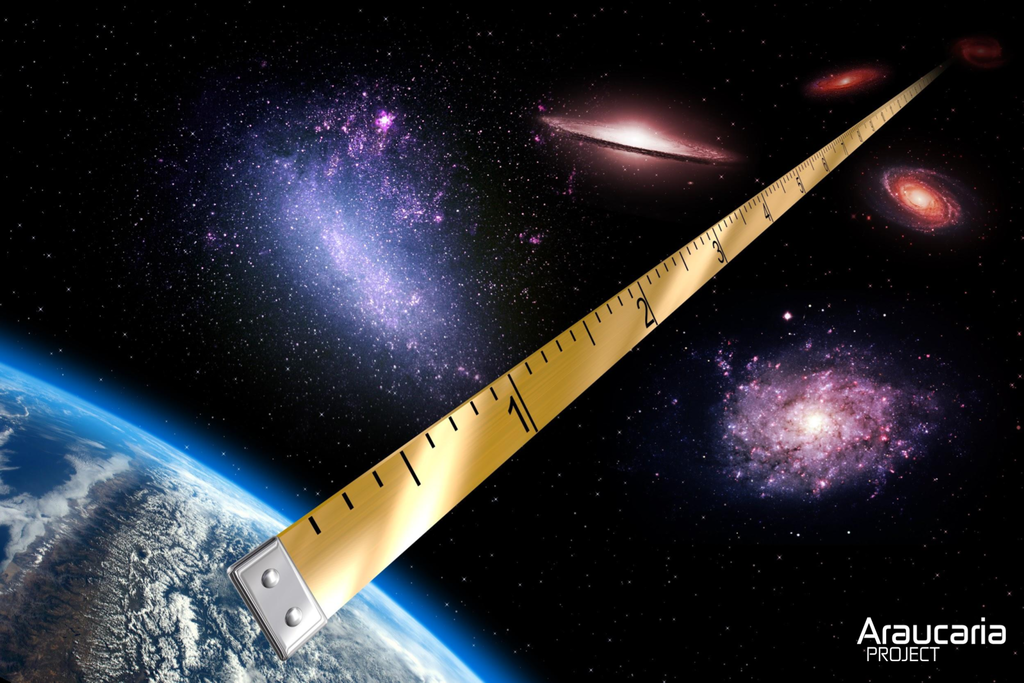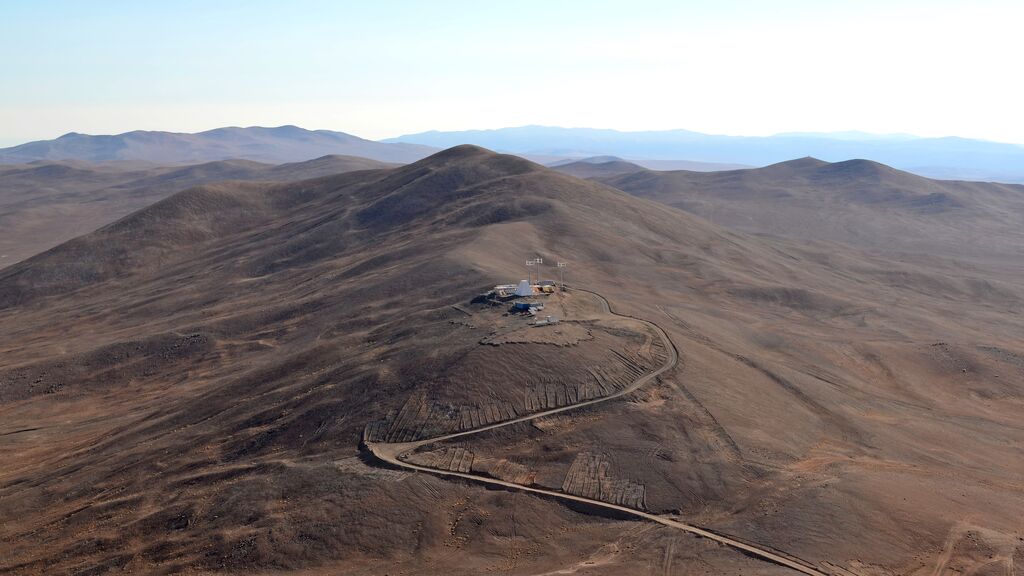Prof. Grzegorz Pietrzyński tells NAWA what has made him successful in applying for the ERC Synergy grant.
Making highly accurate measurements of distances in space will be possible thanks to a European Research Council (ERC) Synergy Grant worth almost EUR 14 million. One of the largest scientific grants in the world and the first of this kind in Poland was awarded at the end of last year to a team of scientists led by the astronomer, Prof. Grzegorz Pietrzyński from Nicolaus Copernicus Astronomical Center Polish Academy of Sciences (NCAC PAS), the project leader.
The project is carried out by the NCAC PAS together with partners from the Center for Theoretical Physics PAS, Universidad de Concepción, Paris Observatory and the Heidelberg Institute for Theoretical Studies. The main goal of the grant is to make highly accurate measurements of distances on very different scales from around the Sun to very distant corners of the universe based on new measurement methods. A new telescope will also be mounted at the Polish Cerro Armazones Observatory in northern Chile.
NAWA: It is the first grant of this kind in Poland and one of the largest scientific grants in the world. What has made you successful in applying for the grant?
Prof. Grzegorz Pietrzyński: I think an interesting and very timely scientific topic, a well-written research proposal and a carefully prepared project presentation.
What should one pay attention to when applying for these kinds of grants?
In my opinion, an interesting scientific project is of key importance. It should be presented with great panache and guarantee original results.
What impact will obtaining such a prestigious grant have on Polish astronomy?
This grant will be of paramount importance for the development of young researchers. In Poland, two research groups will be funded for 6 years. One under the leadership of Prof. Bożena Czerny at the Center for Theoretical Physics PAS, the second one under my direction at Nicolaus Copernicus Astronomical Center. We will create many research positions for PhD students and young holders of PhD degrees. Young astronomers will have access to a whole range of modern telescopes and instruments. There will be intensive cooperation and international exchange with our partners from France, Germany, Austria, Italy, Chile, USA and Japan. Excellent conditions for work and scientific development will be created. A number of scientific studies will be carried out and many interesting papers will be written.
What kind of research will be conducted as part of the grant?
The main scientific goal is to significantly improve the calibration of the cosmic distance scale. We intend to refine many different distance measurement techniques used on very different scales from around the Sun to nearby galaxies, to objects many billions of light years away. Therefore, our results will be hugely important for several different fields of modern astrophysics. In particular, they will allow us to accurately determine the famous Hubble Constant, which describes the expansion rate of the universe. The precise determination of the Hubble Constant is crucial to the understanding of the nature of the universe.
 Photo: Araucaria Project.
Photo: Araucaria Project.
What is the role of international cooperation in the project?
Immense! Our project came into being over 20 years ago in Concepcion, Chile. I created it together with Prof. Wolfgang Gieren, and we named it Araucaria after a magnificent tree that grows in southern Chile. The project involves about 30 people from more than a dozen countries. Our project has international cooperation in its DNA. Currently most of the team is located in Poland. Our ERC grant builds on the foundations that have been laid for over two decades by the Araucaria project and is its continuation and significant extension. Owing to the participation of new foreign partners from Austria, Germany, USA, France and Poland we will significantly expand international cooperation, which is crucial for the implementation of our project.
The observatory in Chile. Photo: Dawid Moździerski.
Under the grant, a state-of-the-art telescope with a mirror diameter of 2.5 m will be mounted at the observatory in Chile. What properties will it have? How will this translate into accurate astronomical observations?
An enormous amount of precise observational data must be gathered to complete our research projects. To do this, we have established a Polish astrophysical observatory in northern Chile, opposite the site where the world’s largest telescope, E-ELT, is being constructed. This is an excellent place for astronomical observations. We currently have five telescopes, and two more are under construction. The new 2.5-metre telescope will be a very important addition to our instruments. It will allow us to conduct long-term monitoring of many very carefully selected objects. Due to the significant diameter of the telescope and excellent weather conditions unique spectroscopic observations of eclipsing systems and pulsating stars will be made, along with photometric monitoring of quasars. Our observatory will provide excellent support for space missions and the world’s largest telescopes.
Thank you for your time.
Prof. Grzegorz Pietrzyński (In the photo, first from the right, during one of the Araucaria Project Team meetings. Photo: Celeste Burgos) is a winner of many prestigious research grants including Advanced Grant of the European Research Council (ERC). He is the founder, leader and manager of the international Araucaria Project. He also received numerous awards, including the Marian Mięsowicz Prize from the Polish Academy of Arts and Sciences for outstanding achievements in physics (2011), the Nature journal award for outstanding scientific contribution (2014), and the Maria Skłodowska-Curie Award in Physics of the Polish Academy of Sciences (2019).












